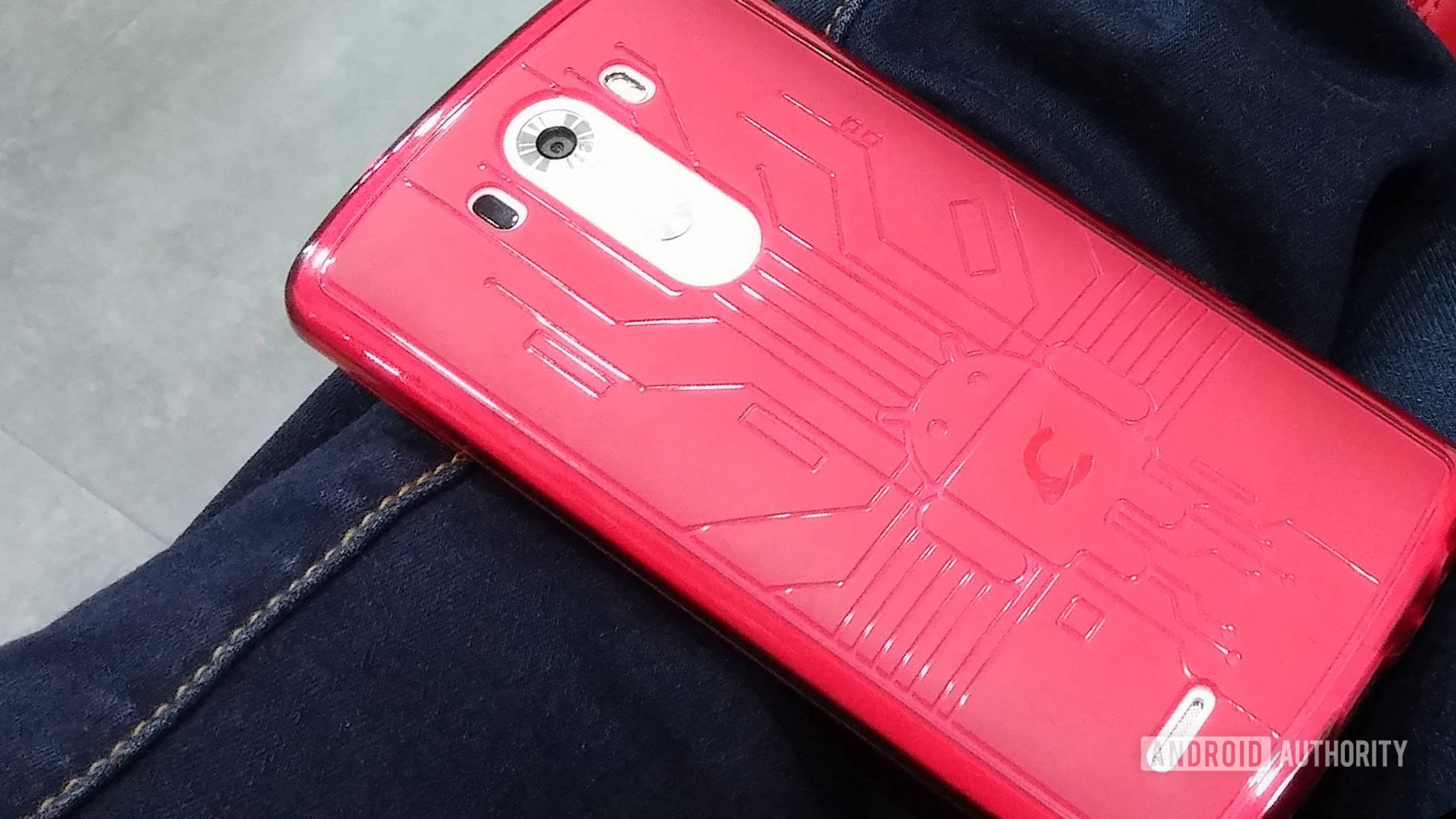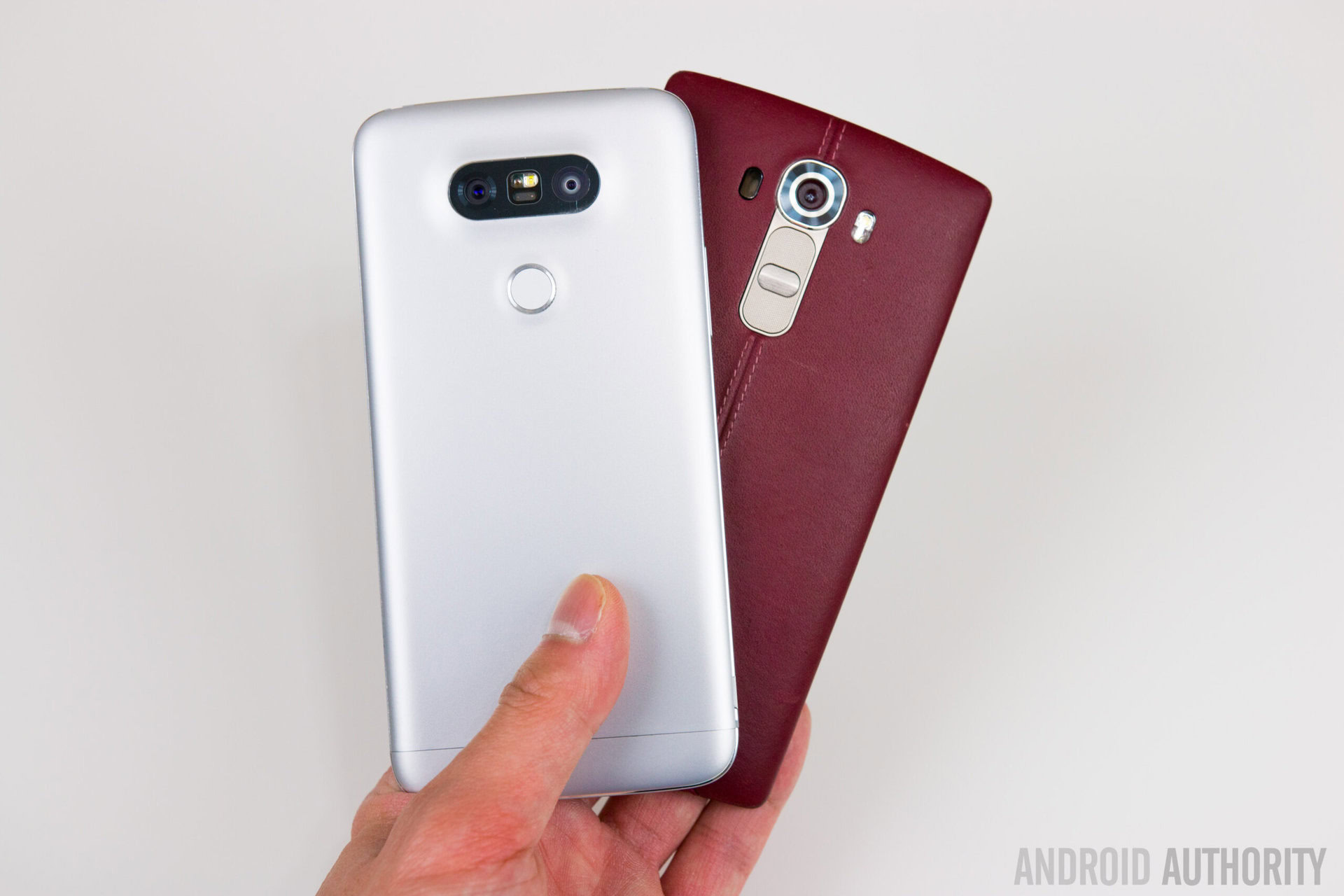Affiliate links on Android Authority may earn us a commission. Learn more.
The amazing, groundbreaking, and fantastic LG G3 is 10 years old now
May 29, 2024

Someone, please tell time to stop going this quickly! It’s been a whole decade since LG announced one of its best-ever smartphones, the G3. A perfect follow-up and a big leap from the excellent G2, a better phone than the later G4, the LG G3 was my favorite Android phone in the quirky 2010s. It was also the phone that completely changed my mind about Android photography, custom ROMs, stock Android, and Android skins. Grab your tissues; we’re about to dig into a slice of smartphone nostalgia.
Did you ever own an LG G3?
The LG G3 was absolutely perfect for me
Before getting the LG G3, I had been using its predecessor for nearly a whole year. The G2 was my first LG smartphone, and it absolutely blew me away. The display, camera, Android experience, and buttons on the back; I liked everything about it. The G3 reinforced all those features and all those feelings.
At the time, I had a silly obsession with matching my phone’s case with my shoes, so here’s a collection of “shoes match phone” pics with my LG G3. Ah, how I miss those Cruzerlite Bugdroid Circuit cases! Phone cases peaked with that design and have never recovered since.
By the time I got the G3 in my hands, I was a buttons-on-the-back convert. I loved the placement of the volume and power keys, my index rested on them naturally, and it just made sense to have such a hand-agnostic location. Left-handed? Right-handed? Both? It didn’t matter. Just grab the phone and the controls are easily accessible, regardless.
The G3 also solidified my resolution in not rooting or installing a custom ROM on my phone. Before it, I had gone to extra lengths to make sure my HTC Desire Z and Samsung Galaxy S3 were rooted and running some enthusiast-made stock Android ROM, but LG’s approach to Android was actually usable compared to the slow-to-update HTC and heavy Samsung TouchWiz implementations, respectively.
Additionally, the display-to-bezel ratio and that beautiful Quad HD display really enhanced my experience with the phone. For the first time, it felt like I was carrying a display, not a phone, and I still recall the surprise on the faces of nearly everyone that saw that me using that phone. I never heard as many “wow” exclamations as much as when I was using the G3.
Rear buttons, Quad HD display, powerful processor, decent Android skin, the G3 had everything going for it.
And then there was the Snapdragon 801, a world-class processor. Chip improvements were incredibly frenetic and drastic in the early 2010s — you could buy a flagship phone one day and a month later another chip would be released with double the processing power. Things were getting more stable and incremental around 2014, and the Snapdragon 801 was an example of that. A very solid, very performant chip, that handled complex tasks without a hiccup.
To me, though, the difference was stratospheric: I went from a single-core 800MHz processor on the Desire Z (early 2011) to a quad-core 1.4GHz on the Galaxy S3 (2012), then quad-core 2.26GHz on the LG G2 (2013), and finally 2.5GHz on the G3 (2014). I don’t recall ever complaining about anything with that chip, even though some people said the G3’s Quad HD display was so demanding it caused some lag and battery drain.
The first Android camera I truly trusted
It was with its camera, though, that the LG G3 really won me over. Before switching to Android, I was invested in the magnificent world of Nokia smartphones and mobile cameras. After using the Nokia N95, N82, N8, and 808 Pureview, my mobile photography expectations were sky-high, and I had yet to find an equivalent or even just a “fine enough” alternative on Android. The Desire Z and Galaxy S3 I sported before LG’s phones were capital-B Bad cameras. With the G2, I had better results, then the G3 really strengthened that. It was one of the best camera phones of its era.
Coming from Nokia smartphones, Android's cameras were a great disappointment... until the LG G3.
With optical image stabilization (OIS), a feature not so customary of that era’s phones, and laser autofocus, the G3 could focus quickly and snap sharp images in many situations. It was the only camera I took on hikes across Lebanon, as I rediscovered the beauty of my country by visiting areas I’d never been to. I mean — look at the glory of that first shot and try to understand how terrified we all were for the photographer on the precipice!
And then there are the panoramas. We didn’t have ultrawide-angle lenses back in 2014, and boy, did I like a good panorama to snap the real glory of a landscape!
The LG G3 was also my travel camera to London, Istanbul, and Las Vegas. The sun’s reflection on the Mandala Bay hotel and the New York New York hotel shot are so good they still pass the eye test today (until you start to pixel-peep).
The G3 immortalized my first quad-driving experience, that silly late-night Winnie the Pooh playground moment, and my best spiky hair selfie. I dream of the day my hair would look like this again.
And although night modes weren’t a thing just yet, and mobile photography was pretty terrible in low-light and dark conditions, I still managed to eke out some exceptional shots from the G3. My three favorite snaps below, from Zaitouna Bay in Beirut, are simply phenomenal for a mid-2010 smartphone.
And then there are the other random food, nature, cat, and sassy cow shots, because, of course, has those in their photo gallery. This was truly a versatile, reliable camera, that paved the way for more important mobile photography leaps.
The G3 was peak LG, it all went downhill from there

I didn’t want to admit it at the time, but the LG G3 was really peak LG. Even though I switched to the G4 and G5 after it and tried to recapture that same magic, and even though I was intrigued by many of LG’s quirky smartphones after those (Velvet, Wing, to name a couple), none of them really caught the near-perfection of the G3 in my eyes. That was as good as it was ever going to get for LG, and the company’s decline after that and its eventual exit from the smartphone market is proof. I just wish things had gone in another direction for the Korean giant.